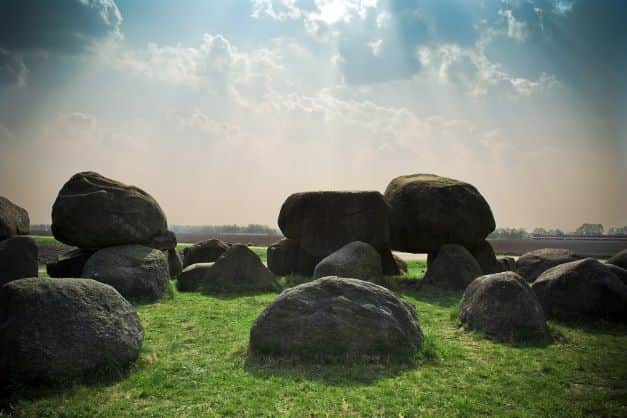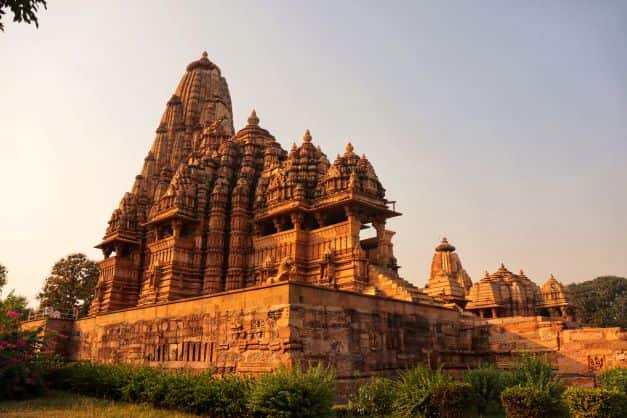Bhimbetka is an archaeological site in the foothills of the Vindhyan mountains in Madhya Pradesh, India. It is known as the Bhimbetka rock shelter. This archaeological site dates back to the Paleolithic and Mesolithic periods. It is also evidence of human life in the stone age. Bhimbetka was added to the list of UNESCO World Heritage Sites in the year 2003. The site spans an area of seven hills and more than 750 rock shelters.

Bhimbetka: The resting place of Bhima
Bhimbetka translates to “the resting place of Bhima” where Bhima is the second brother of the Pandavas from Mahabharata and Baithaka means seat. Locals believe that Bhima used to rest here and interact with the locals. It is the oldest rock art in India and has the oldest rock walls and floors. Fossils are also found here which dates back to hundreds of millions of years before the human era.
Location: 45kms from Bhopal in the Raisen District in Madhya Pradesh
Timings:-
07:00 a.m to 06:00 p.m Sunday to Monday.
• Entry Fee : ₹ 25 for Indians, ₹ 500 for International tourists.
• Entry Fee for vehicles : ₹ 100 for two wheelers, ₹ 300 for four wheelers.
Attractions at Bhimbetka
It might seem merely a group of rocks at once but that is not just the case. The rocks have paintings all over them which date back as old as 10,000 years. Although some of the paintings show signs of the medieval period according to the geometric figures. One of the prime attractions of Bhimbetka is the paintings as well. These paintings have been made using vegetable colours. Amazed!
Yes, these are painted using vegetable colours. Its location helped it to travel with the time as these are mainly on the inner walls or niches. Therefore are less exposed to Sunrays and are still in good condition.
Traces of history at Bhimebetka
These shelters were homes to the Indian people living in the stone age. They are evidence of human settlement and cultural evolution. There are paintings from the Mesolithic and Paleolithic periods. These are the evidence of the cultural traditions of the inhabitants of the site.
The paintings display hunting, gathering, agriculture, religion, spirituality, animals, dance, warriors on horseback, tribal wars, birds, musical instruments, mothers and children, pregnant women, men carrying dead animals, drinking and burials. Vegetable colours were used for these paintings.
Many of the rock paintings have eroded away with time. A painting of a man holding a trishul and dancing has also been found in one of the shelters which is nicknamed “Nataraj” (the dancing posture made by Lord Shiva”). The colours used by the people of the Medieval era were prepared by combining black manganese oxides, red hematite and charcoal.
Some more information related to Bhimbetka can be found on the website of Mp tourism.
Related posts
